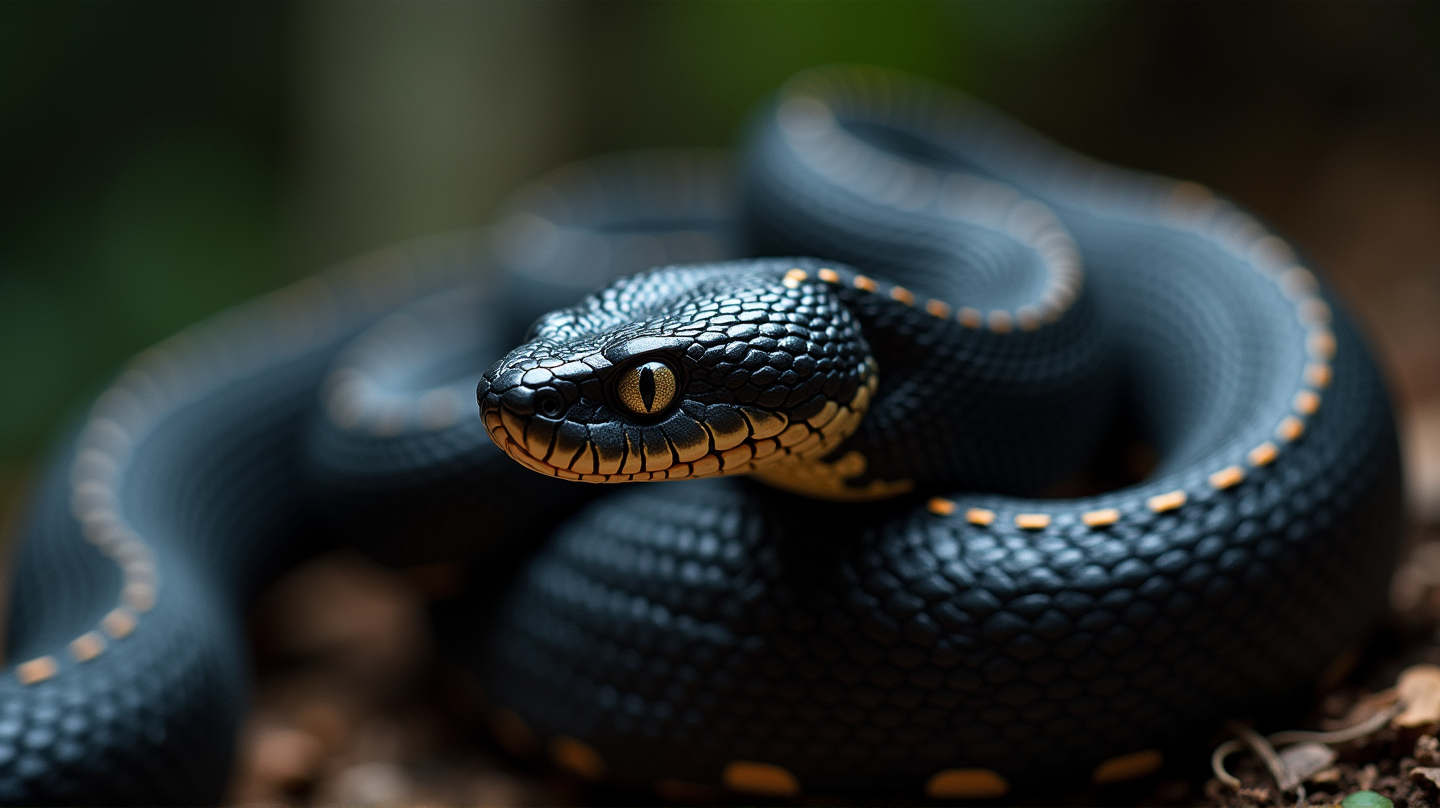Unraveling the Mystery of Antivenom Failures
In a groundbreaking study led by the University of Queensland, researchers have unveiled a hidden dual-action within the venom of several mamba species that could explain why some antivenoms fail. This newly discovered neurological complexity in Black Mamba venom is causing alarm among toxicologists, as it portrays a more intricate attack mechanism than previously understood.
The Double-Edged Sword of Mamba Venom
Professor Bryan Fry, a leading figure in this research, reveals that the venom from the Black Mamba, Western Green Mamba, and Jamesons Mamba features a coordinated two-pronged assault on the nervous system. Initially, the venom induces limp paralysis by postsynaptic neurotoxicity, but upon antivenom administration, it morphs into spastic paralysis due to presynaptic toxicity.
The Clinical Mystery Resolved
This discovery resolves long-standing questions among clinicians regarding patients’ recurrences of spastic paralysis post-venom treatment. Previously attributed to Eastern Green Mambas alone, this neurological attack’s broad occurrence among mamba species highlights an urgent need for more tailored antivenoms. According to ScienceDaily, existing antivenoms are only effective against one half of the venom’s impact, failing to neutralize the subsequent muscular spasms.
Geographical Variance in Venom Potency
PhD candidate Lee Jones’s efforts in investigating venom potencies reveal geographical differences, especially among Black Mambas native to Kenya and South Africa. Such variations further complicate the development of effective treatment protocols across regions, raising the stakes for antivenom manufacturers to enhance their formulations.
A Call to Action for Clinical Practice and Research
Professor Fry urges clinicains and pharmaceutical companies to heed this knowledge in antivenom development, aiming to increase efficacy rates. “This isn’t merely academic. It’s vital for patient safety and the enhancement of evidence-based snakebite treatment,” he emphasizes. This translational research promises to guide real-time clinical decisions, ultimately striving to reduce the alarming death toll from mamba bites.
Bridging Lab Work to Lives Saved
Carried out in collaboration with Monash Venom Group, this study published in Toxins, marks a vital step towards improving clinical outcomes for mamba snakebite victims. With approximately 30,000 annual snakebite deaths in sub-Saharan Africa, these insights have the potential to change antivenom strategies and save countless lives.
The urgent task now lies in translating these findings into practical antivenom solutions that can robustly tackle the venom’s intricate nature, leading to safer and more effective treatments around the world.
